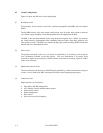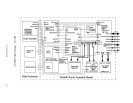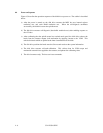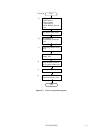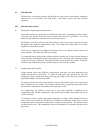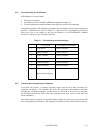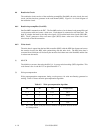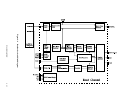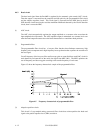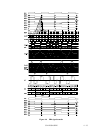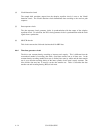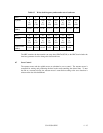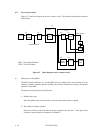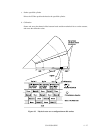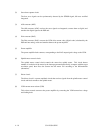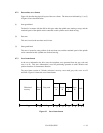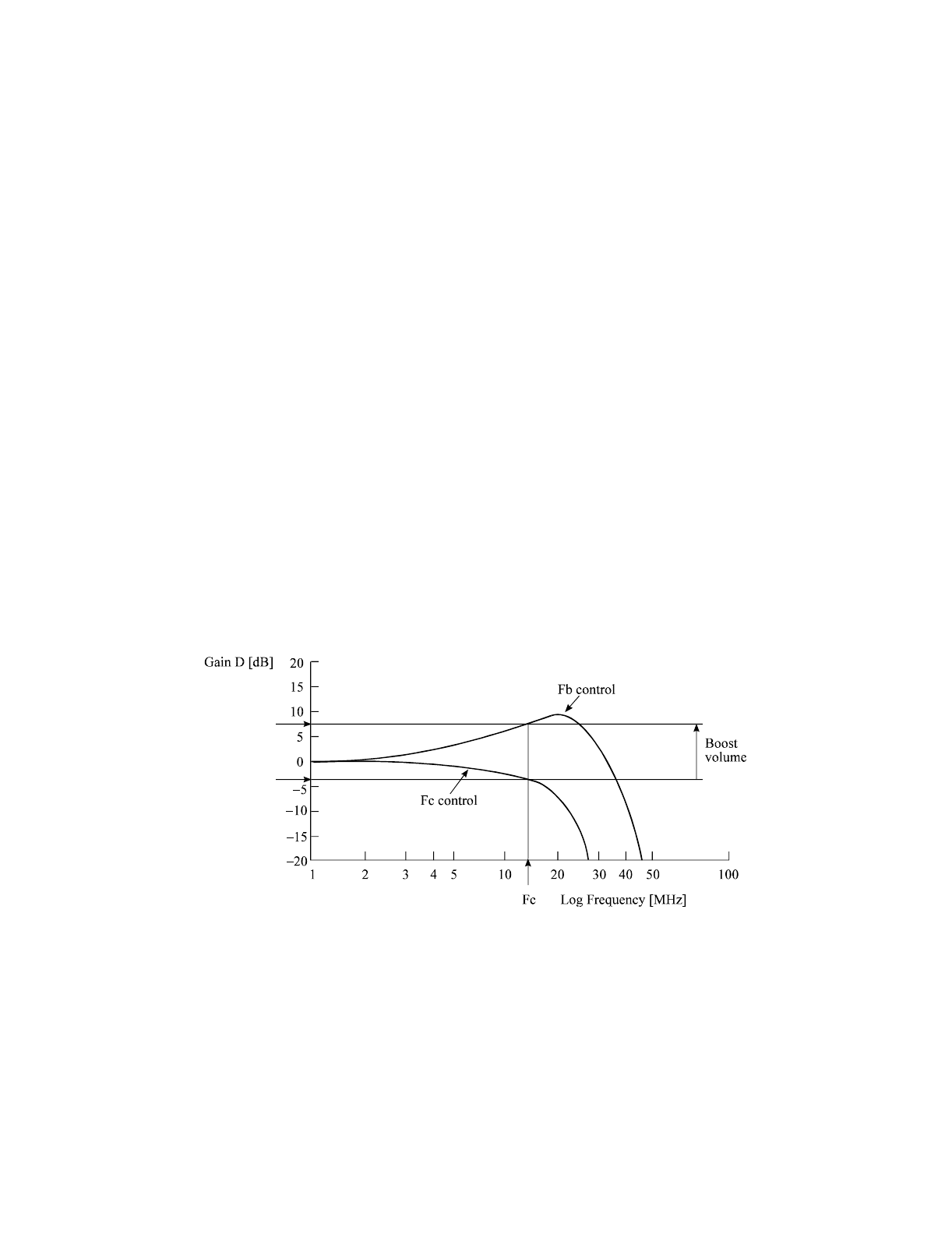
C141-E034-02EN4 - 12
4.6.3 Read circuit
The head read signal from the PreAMP is regulated by the automatic gain control (AGC) circuit.
Then the output is converted into the sampled read data pulse by the programmable filter circuit
and the adaptive equalizer circuit. This clock signal is converted into the NRZ data by the 8/9
GCR decoder circuit based on the read data maximum-likelihood-detected by the Viterbi detection
circuit, then is sent to the HDC.
(1) AGC circuit
The AGC circuit automatically regulates the output amplitude to a constant value even when the
input amplitude level fluctuates. The AGC amplifier output is maintained at a constant level even
when the head output fluctuates due to the head characteristics or outer/inner head positions.
(2) Programmable filter
The programmable filter circuit has a low-pass filter function that eliminates unnecessary high
frequency noise component and a high frequency boost-up function that equalizes the waveform of
the read signal.
Cut-off frequency of the low-pass filter and boost-up gain are controlled from each DAC circuit in
read channel by an instruction of the serial data signal from MPU (M1). The MPU optimizes the
cut-off frequency and boost-up gain according to the transfer frequency of each zone.
Figure 4.5 shows the frequency characteristic sample of the programmable filter.
Figure 4.5 Frequency characteristic of programmable filter
(3) Adaptive equalizer circuit
This circuit is 3-tap sampled analog transversal filter circuit that cosine-equalizes the head read
signal to the partial response class 4 (PR4) waveform.



